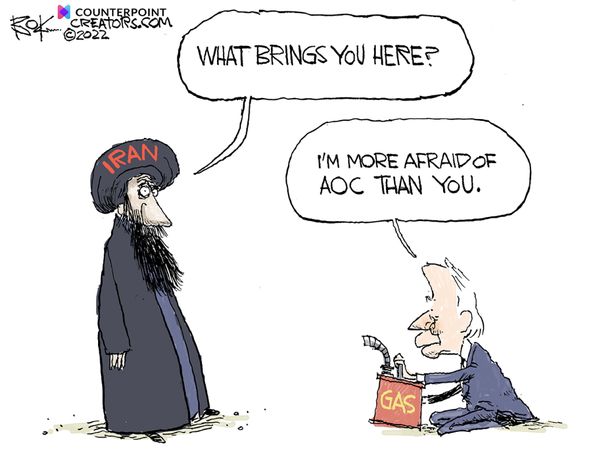What did DC Mayor Muriel Bowser just say? I had to do a double-take. The recent carjacking in Washington DC that left a man dead was…not intentional. The killing wasn’t on purpose. That’s the line here? It doesn’t matter, Bowser. It really doesn’t. You can still be charged and sent to jail for accidentally killing people. What reality are Democrats living in here? Soft on crime has rotten the Left’s brains where they think if a crime was committed by accident, then it’s not a crime. Nope. It’s a crime. In the real world with real people and real laws, committing a crime is bad and people get sent to jail for it. At times, probation and penalties are involved. In severe cases, the state puts the perpetrator to death. This is not deep stuff, mayor.
Here’s the backstory that prompted this heinous remark from the mayor (via Fox5DC): MedStar doctor is dead after police say he was struck and killed by his own vehicle that had just been stolen from him in Northwest D.C. That MedStar Doctor has been identified as 33-year-old Rakesh Patel, of Silver Spring. His parents drove from Ohio to identify his body.
The incident began a little after 8 p.m. Tuesday in the 1800 block of Vernon Street NW. Officers say Patel’s vehicle was left running in that area. A close friend of the victim’s girlfriend, Kristine Froeba, told FOX 5 Patel went to drop off something to his girlfriend that night. The two were hugging goodbye when Froeba said the couple saw Patel’s vehicle start to move.
Police say an unknown suspect entered the Mercedes and drove off east on Vernon St. Patel apparently pursued his stolen car.
He “probably didn’t intend to kill anybody,” Bowser said regarding the incident.
A 33 year old doctor was carjacked in Washington, DC.
He was struck and killed by his OWN car.
DC Mayor Muriel Bowser says the criminal “probably didn’t intent to kill anybody.” pic.twitter.com/zbVM0g9Grr
— Townhall.com (@townhallcom) March 10, 2022
How have we come to this? Mayor, this may be hard for a liberal Democrat like yourself to understand, but criminals are bad people. This car thief is a murderer. He should be sent away for a long time if caught. How is this hard? He didn’t mean to kill anyone. That is beyond irrelevant in this case. He stole a car and killed someone. This person is criminal trash. End of story.
There’s this addiction among liberals that seeks to refrain from calling criminals out for who they are in society.




